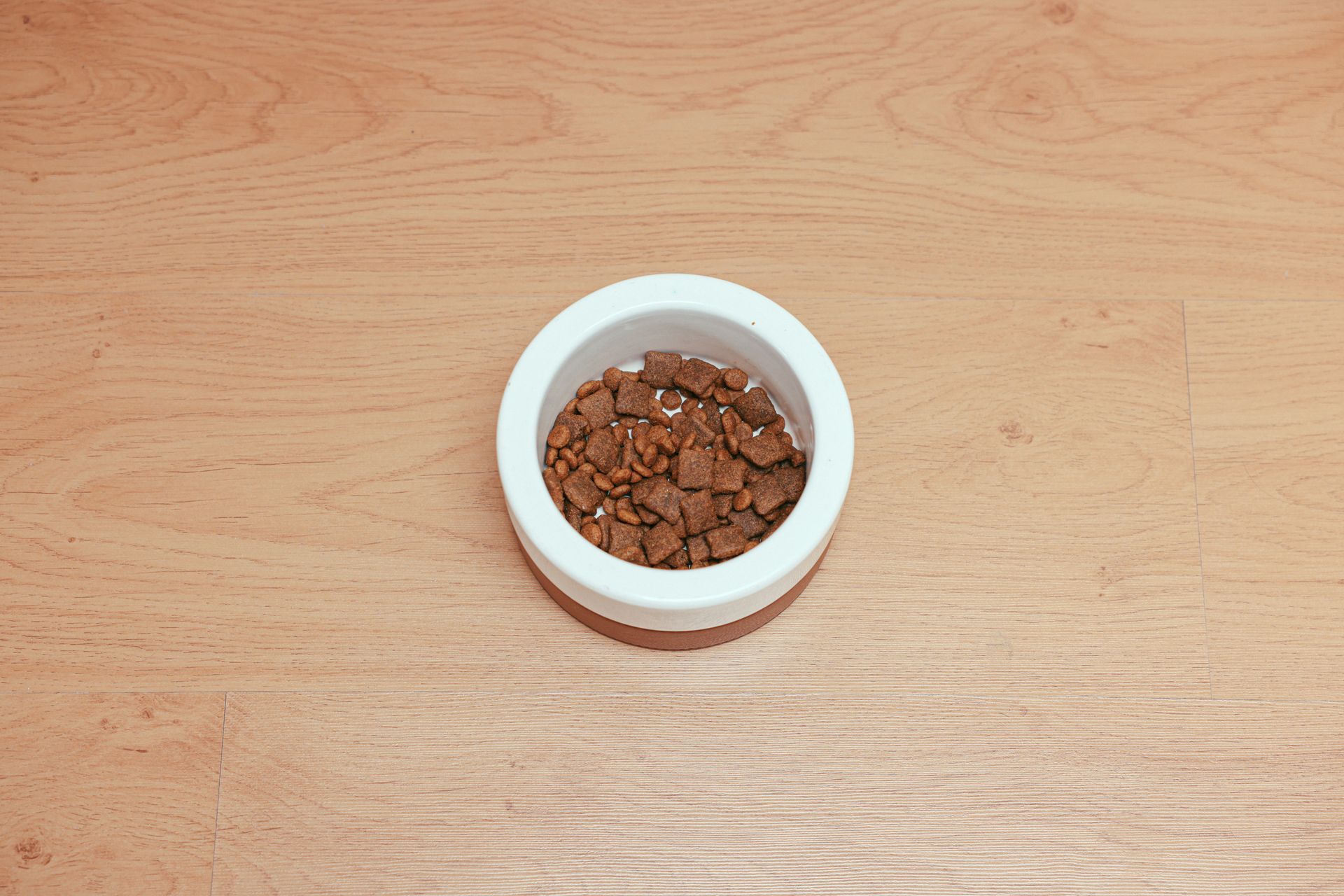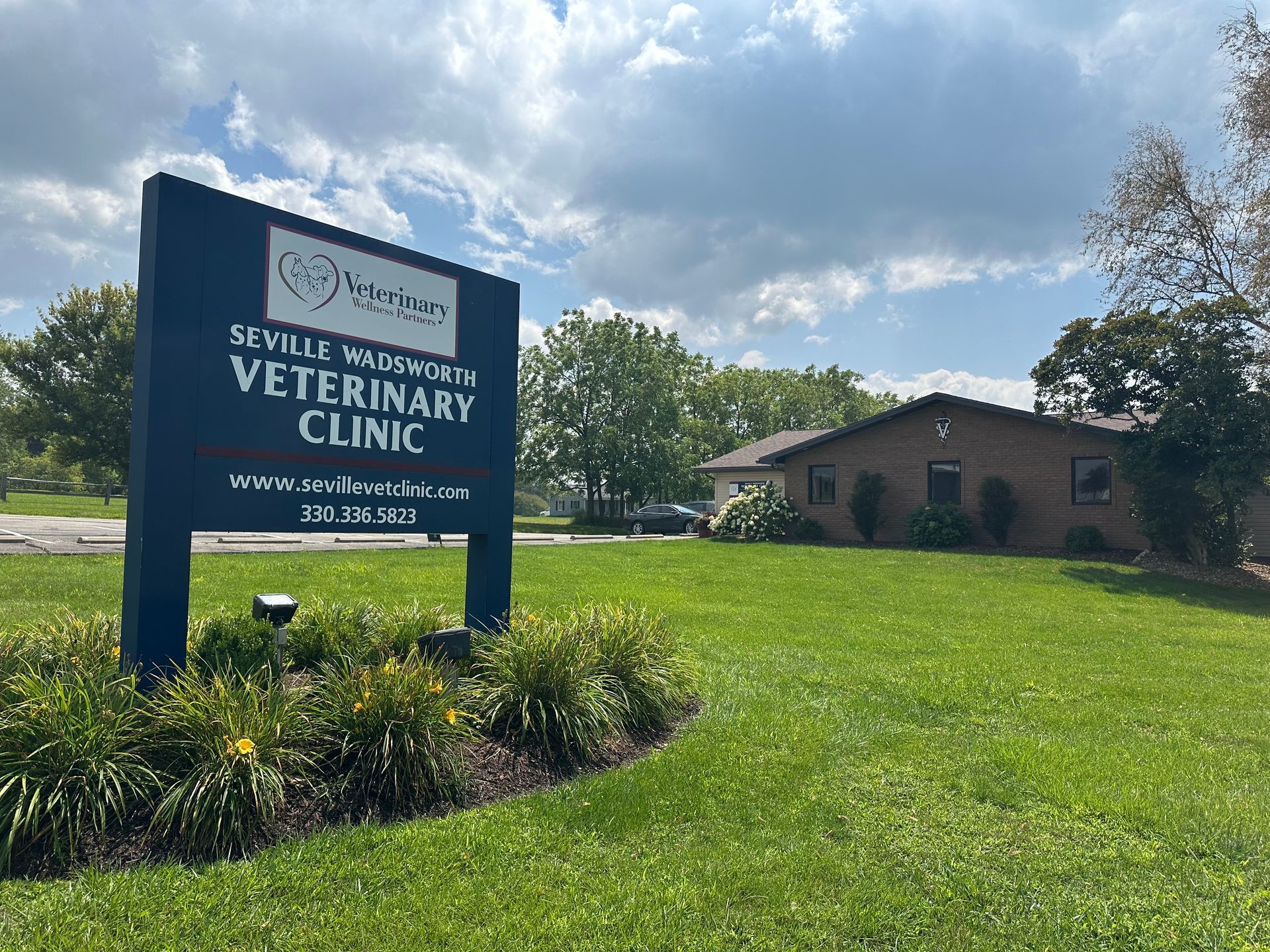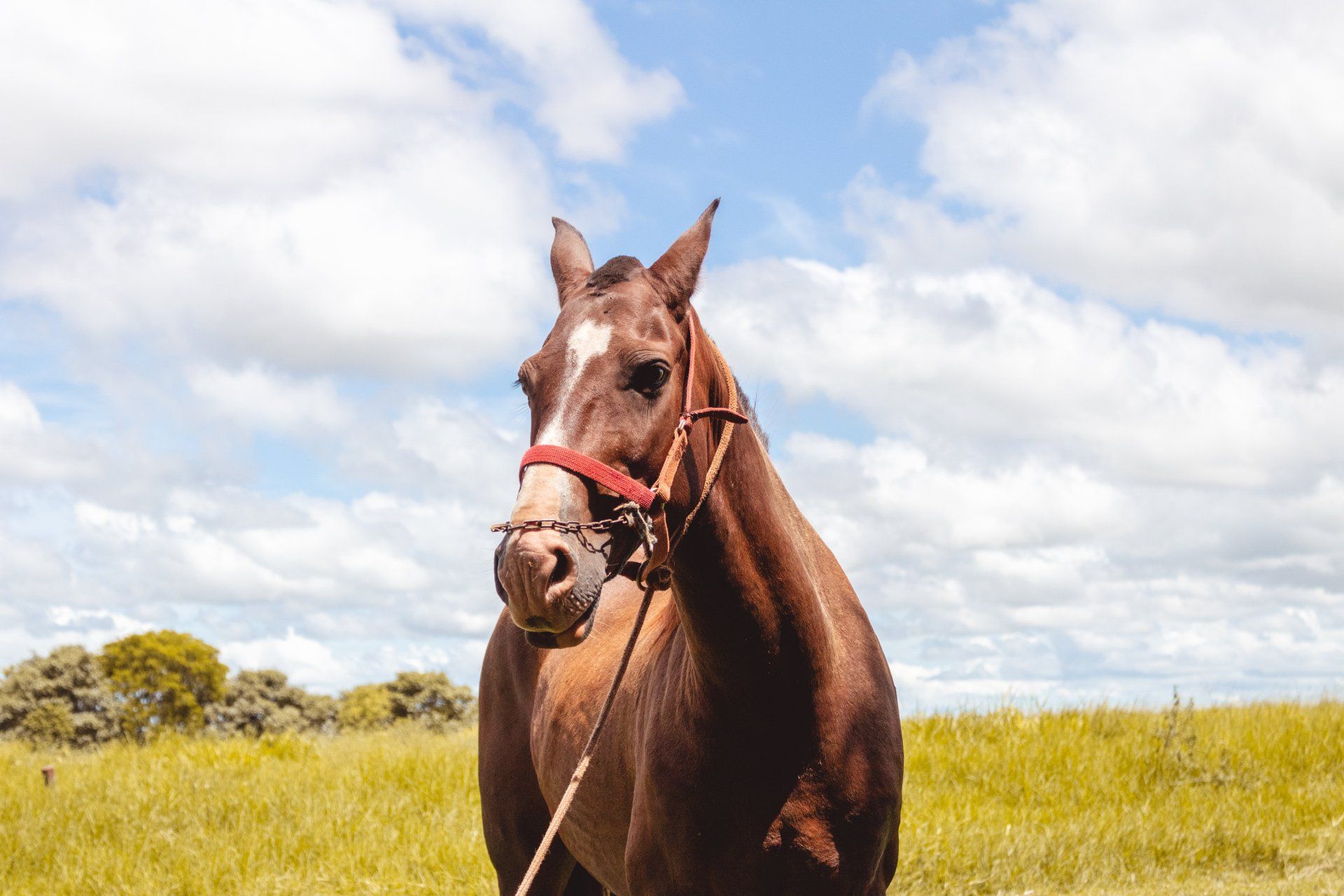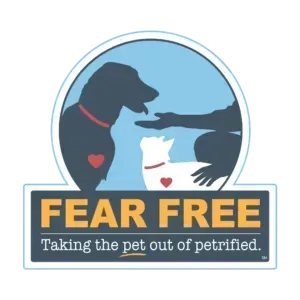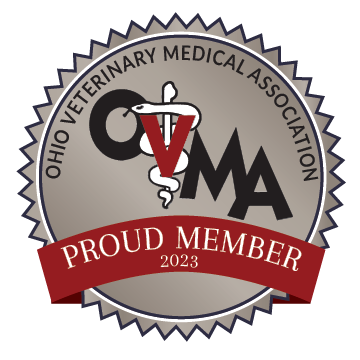Nutrition Series: Why is my dog overweight?
Many of the dogs that we see on a day to day basis are overweight. This weight gain is often obvious to us, but not noticed easily by the owners. This is due to the fact that you see your dog everyday and a gradual gaining of weight is not obvious, yet we can see the weight gain by comparing your dog's previous weight to his/ her current weight. We also compare Body Condition Scores from previous appointments.
So why has your dog gained weight?
There are many reasons for weight gain in dogs. The first is simply that dog's metabolism slows down once they stop growing (somewhere between 12 and 24 months depending on the breed). In addition, neutered (spayed females and castrated males) animals have a lower metabolism than intact animals. There are still many reasons to spay and neuter your pet , so don't let the decreased metabolism affect that decision. It is simply a matter of adjusting the amount that you feed your dog.
So we can see that feeding your dog too much food can result in overweight dogs, but one sneaky thing that also contributes to weight gain is the supplemental feeding of people food and dog treats. People food should not be fed to dogs, as it is often too high in calories and too high in grease and fat for our pets.
As far as feeding treats, this is a hidden source of calories for your dog. It is not uncommon to hear a pet parent state that they feed their dog between 5 and 10 treats a day. Let's put that in human terms for a minute. That would be like you feeding your children 5-10 extra "treats" (in the form of candy or energy bars, depending on the size of the dog treat that we are comparing) every day and then wondering why they gain weight. This phenomenon can be seen a lot with the famous "Freshman 15" that students gain when they go to college. This extra weight is due to a slowing metabolism, a sedentary lifestyle, and often poor dietary choices that young people make when first out on their own. These 18 and 19 year olds are not unlike our middle aged pets; who are done growing, often don't get their needed exercise, and have a slowing metabolism. Many commercial dog treats contain anywhere from 30 to 700 kcal. Keep in mind that an average 45 pound dog will need aproximately 2250 kCal per day in food. Now think about giving this dog 4 large treats that contain 700 calories per treat.....that is 2800 calories in treats alone. Then add in a 300 calorie McDonald's hamburger and you can see where we are headed. Taking a small dog, we often hear that they get 10 treats a day. Sure these treats are lower in calories, say 40 per treat, but that is still 400 calories per day. A 9 pound dog will require a total of of 400-500 calories per day.....so we are still over that amount.
So how can you get your dog to lose weight? In short, feeding the right amount of calories per day and increasing exercise. Sounds simple, right? Well it is not always easy. Some quick steps are to: measure out the amount of food each feeding, offer more feedings per day (2 or 3), and cut out the treats. Removing the treats may be hard, so supplement with something like a baby carrot, an ice cube, or a green bean. These treats are much lower in calories than many of the dog treats. In addition, some of these supplemental treats contain fiber, which helps fill their gut and may help with a few other conditions (anal gland disorders and constipation being the two most common). Check below for other related articles for feeding recomnedations, weight loss, body condition scoring and other nutritional articles.

